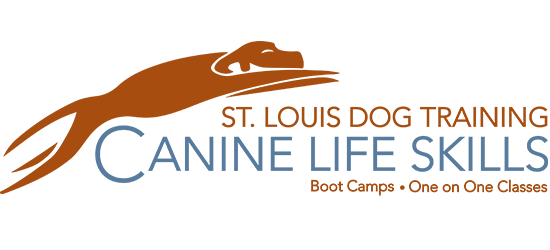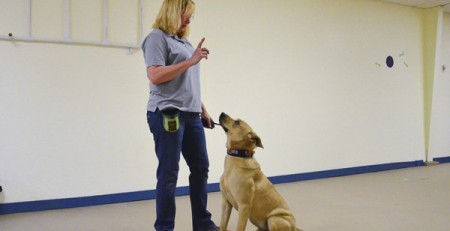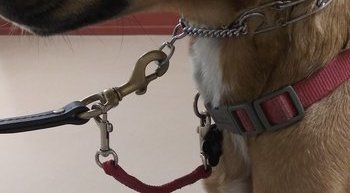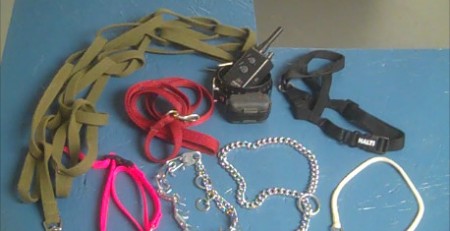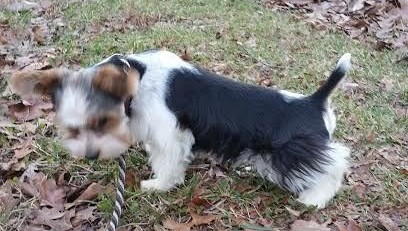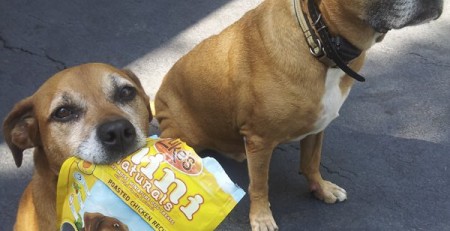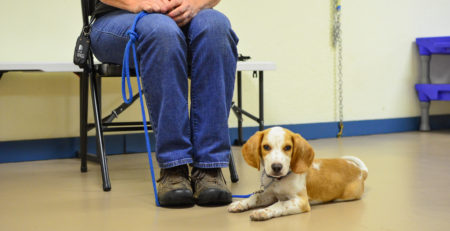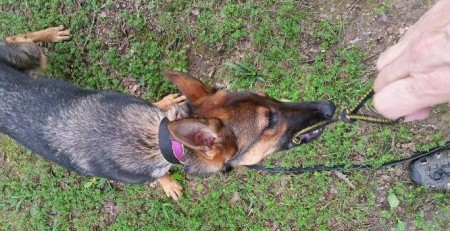Creating a calmer dog
Why should you teach your dog to be calm.
It helps alleviate stress coming from not being able to self settle themselves or always being “on”.
It reduces the chances of your dog lunging and barking at other dogs and people due to stress and fear and helps your dog handle new situations.
And best of all, it creates a more balanced dog.
How do we create a dog that is calmer? We practice being calm.
We start with leash work to teach giving into the leash pressure and being calm before moving forward going out doors and while walking. We also, work on being calm at coming out of the crate.
Next we teach the dog exercises like sit, down, wait and place. Then we practice duration with these exercises in low distractions at first and then build up duration around more and more distractions. This allows the dog to learn how to remain calm in different situations.
Another exercise we do is “Sit on the Dog”. This exercise helps to settle your dog and teach them to relax.
Add in some structured activity like a structured walk or practice obedience. Here, we teach some dogs to use a treadmill to build focus. The structured walk is done by using a pinch collar or halti with just enough slack that the dog can walk right at our side with no stopping and sniffing or pottying until released to do so. We want the dog focused on moving forward with us. You can later add in sits or place but in the beginning it’s about the walk itself.
Use obedience commands for activities like calling your dog to you and have them sit and remain calm for a few seconds to a few minutes before releasing to be free for a few minutes and repeat. Or work on new variations of known commands like downs or sits at a distance, direct your dog from one place to another, or practicing place with something new like a hoola hoop or small stool just big enough to get all four paws on.
Teach your dog to accept handling in a calm manner. Have some small treats handy and pick up one of the dogs paws and hold for a few seconds. Don’t let go if your dog tries to pull back. Hold their collar to steady your dog and when calm for a second, mark it by saying “good” or “yes” then release the paw and give a treat. Practice with all paws everyday.
Another handling exercise is the muzzle hold. Slip a few fingers on one hand under your dogs collar while you stand or sit in front. Use the other hand to place over the top of your dogs muzzle then cup both hands together. Hold until your dog is still for a few seconds then mark it by saying “good” or “yes” and then release your hands and give a treat. Build up a few more seconds of calm each day before marking and releasing your dogs muzzle.
A few words about giving your dog attention…
No talking to or touching while while the dog is excited or agitated.
Initiate attention and affection and keep it brief for now.
Don’t constantly stare at your dog while you are working on obedience.
Now, after you’ve given your dog some structured activities it’s time for down time. Crate and let your dog relax away from the busy goings on around the house for a few hours.
Remember that it takes time and patience to get to a calm state but if you don’t practice it you won’t get it. Keep up the routine of structure and crate rest and you will definitely see a difference. More freedom can come once your dog is able to be calmer in more and more situations.
We’re here to help with getting your dog to be a calmer, more balanced companion. Contact us to learn more.
